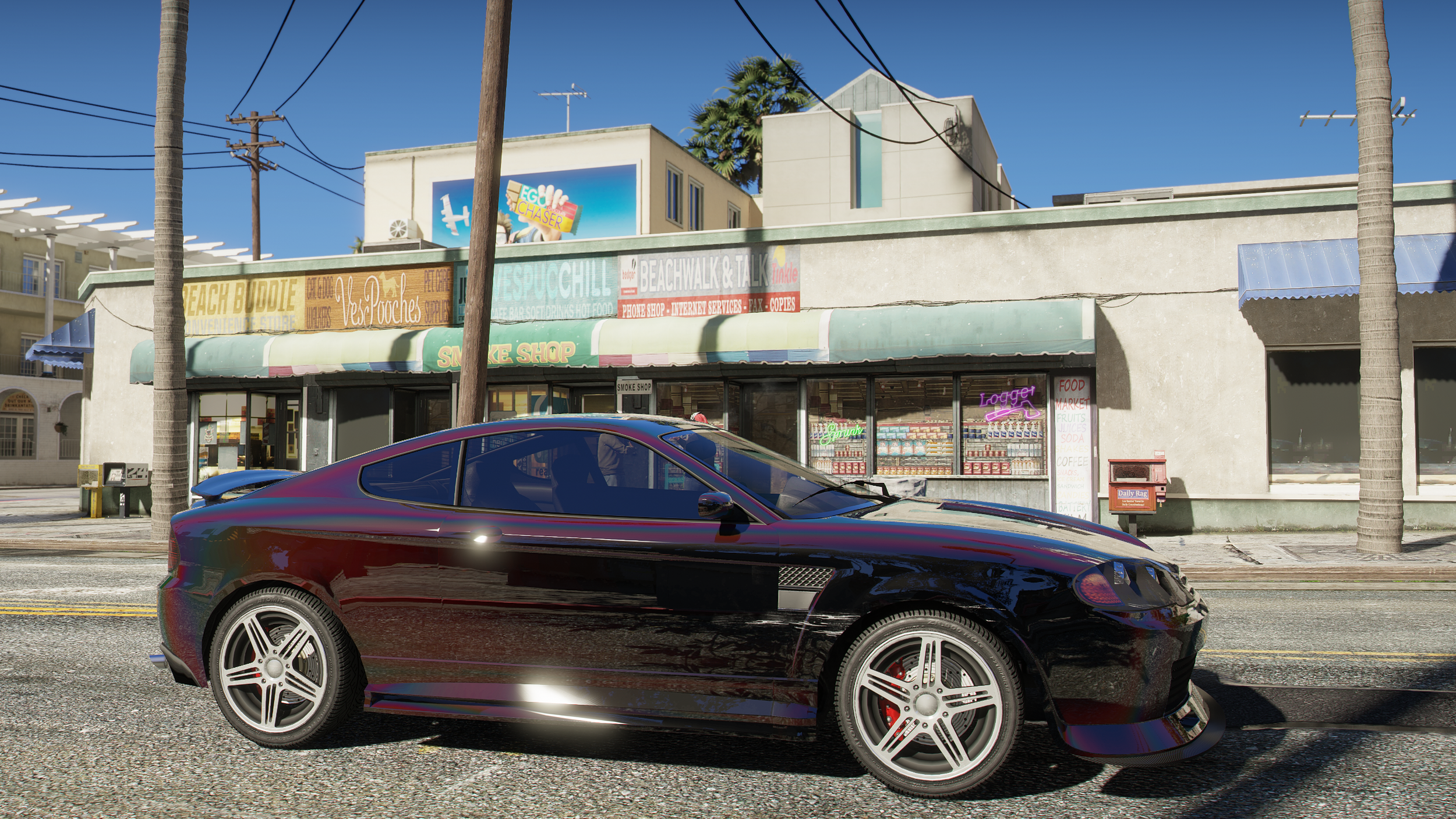Board control
Storyboarding an animation saves time and confusion later on. These tips should give you valuable pointers for planning out your first project.
A storyboard is a visual script that helps everyone involved in a production to understand exactly what's required for each shot. While the basic concept may be universal, the exact function of a storyboard will vary according to the type of project for which it was created. For example, traditional 2D animated series use storyboards as templates for the animators to follow. As 2D animation is typically produced in a different country to the boards themselves, it's vital that they include as much information as possible. Typically, this will include every key pose of the animation, where the camera should be positioned, and how each shot should be composed.
By comparison, the storyboards for a 3D or live-action film will usually be far less polished, and will be stuck to less rigidly. Live-action filmmakers typically use storyboards only for complex scenes, or those including visual effects work that needs to be planned out in advance of the shoot; while some directors prefer to board out an entire film, this is rare. By contrast, TV commercials tend to be boarded out as part of the pitch process. Sometimes the boards can be used as one of the marketing tools to help green-light a project, especially if the investors are having trouble envisaging how a complex script might be translated onto the screen.
These days many productions also use storyboards to create an animated storyboard, or 'animatic' - a version of the finished film made from the storyboard images, which is used to test edits and scene timings. The animatic is a draft version of the final film; as shots are completed, they're dropped into the animatic, replacing the storyboard image. Without this simple tool to save time, money and confusion, most modern feature films could never be made.
While most storyboard artists still use basic tools such as pencil, paper and marker pens, you don't necessarily need to be a great artist. Some people use toys or action figures to create their storyboards; others simply pose actors or friends, then video or photograph the results. Whatever your medium of choice, the tips should contain much of the information you need to get started.
Click here to download for free
Get the Creative Bloq Newsletter
Daily design news, reviews, how-tos and more, as picked by the editors.

Thank you for reading 5 articles this month* Join now for unlimited access
Enjoy your first month for just £1 / $1 / €1
*Read 5 free articles per month without a subscription

Join now for unlimited access
Try first month for just £1 / $1 / €1

The Creative Bloq team is made up of a group of design fans, and has changed and evolved since Creative Bloq began back in 2012. The current website team consists of eight full-time members of staff: Editor Georgia Coggan, Deputy Editor Rosie Hilder, Ecommerce Editor Beren Neale, Senior News Editor Daniel Piper, Editor, Digital Art and 3D Ian Dean, Tech Reviews Editor Erlingur Einarsson, Ecommerce Writer Beth Nicholls and Staff Writer Natalie Fear, as well as a roster of freelancers from around the world. The ImagineFX magazine team also pitch in, ensuring that content from leading digital art publication ImagineFX is represented on Creative Bloq.
